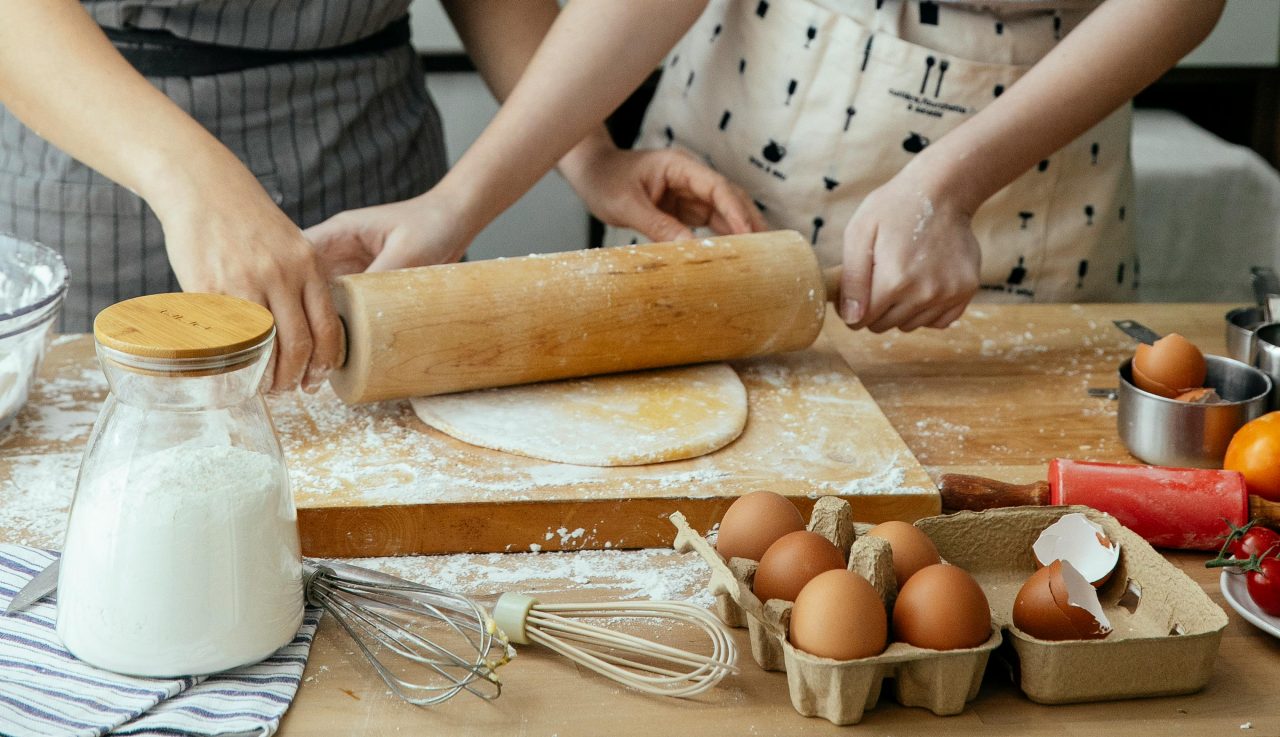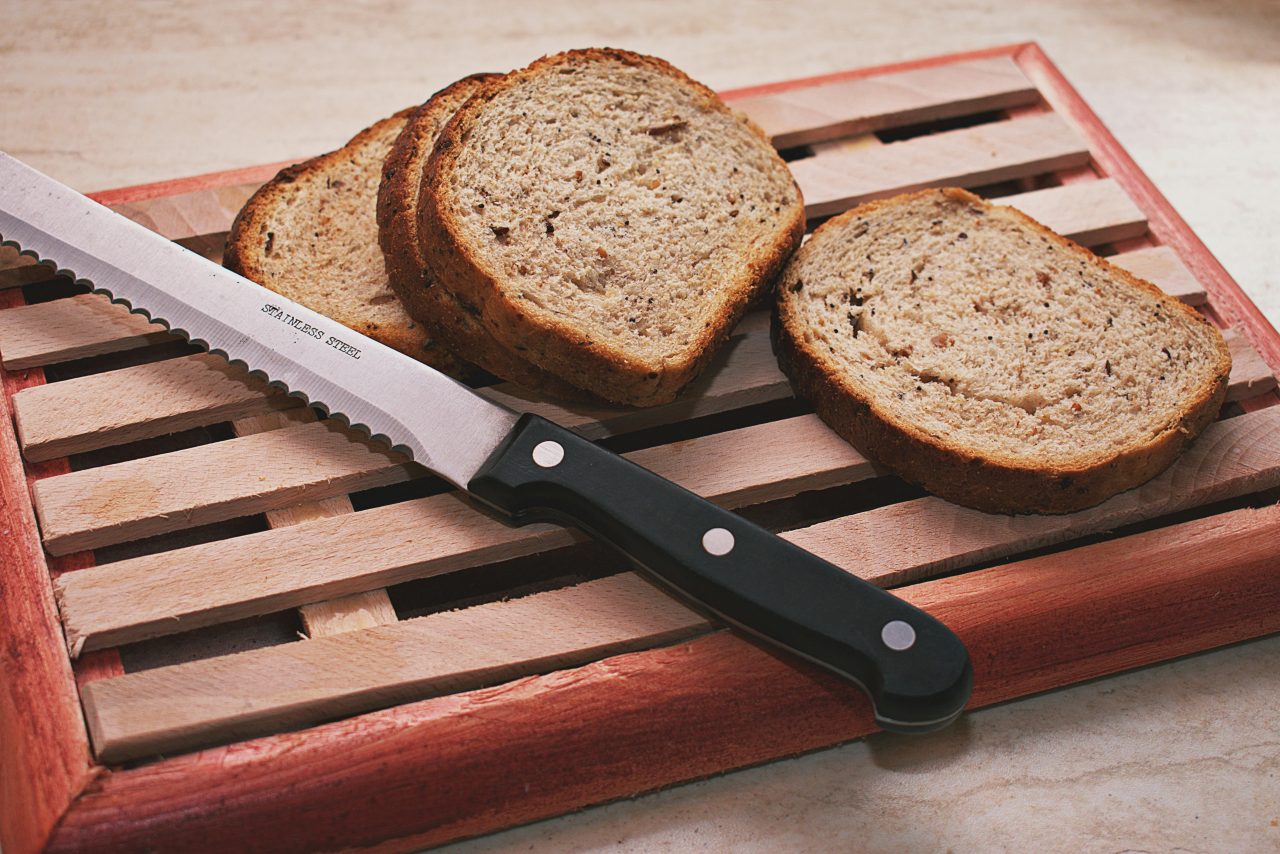Cake & Muffins Cooking Tips

Whether it’s a big birthday celebration or a simple lunchbox snack, your cakes and muffins should always be a treat to eat. You’ll master low protein baking in no time with the easy-to-follow troubleshooting tips below.
Freezing Cakes and Muffins
When cakes or muffins have cooled, they can be stored in freezer bags and kept in the freezer.
Cakes and muffins can be defrosted by leaving them for one hour at room temperature.
The dietary management for PKU varies for each person so all information presented here is for guidance only. Your own dietitian and/or doctor will advise you on all aspects relating to management of PKU for you and your family.





